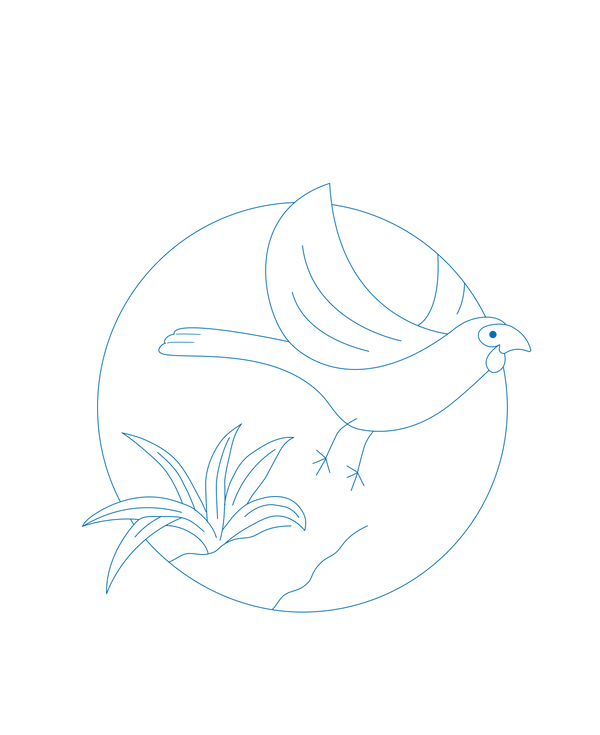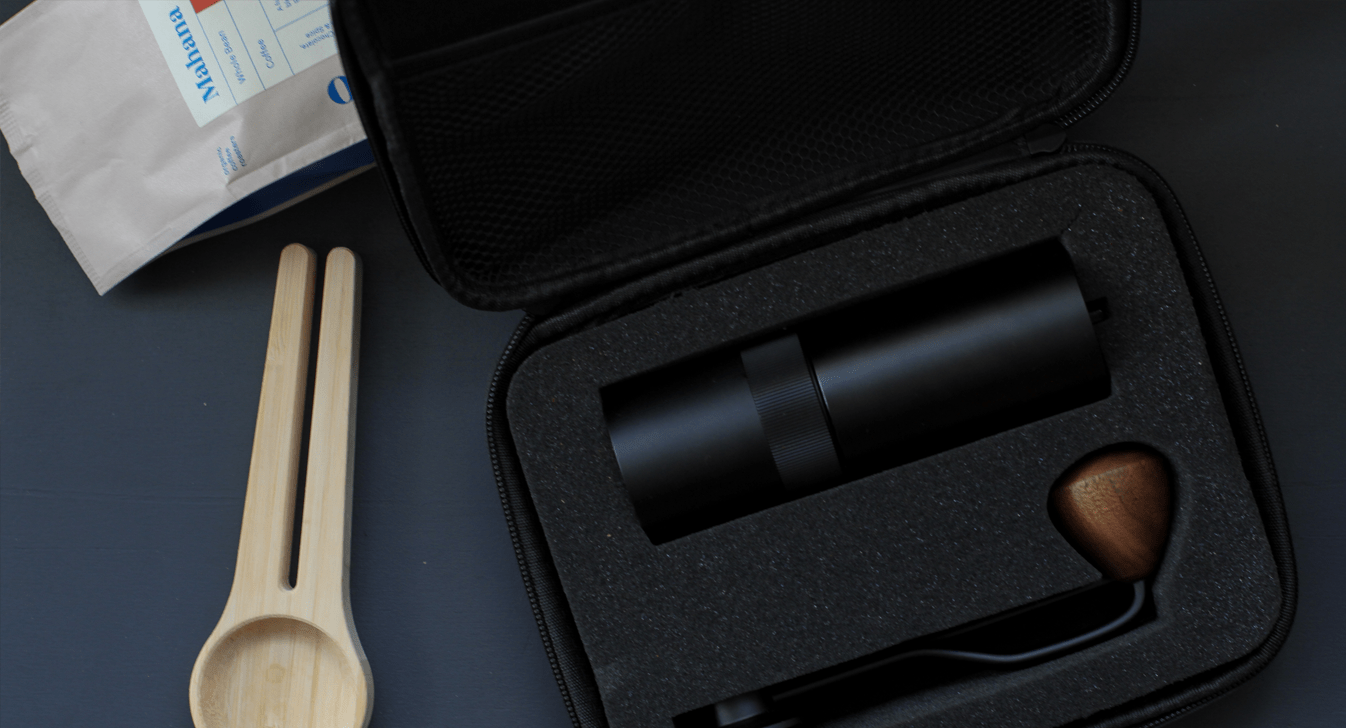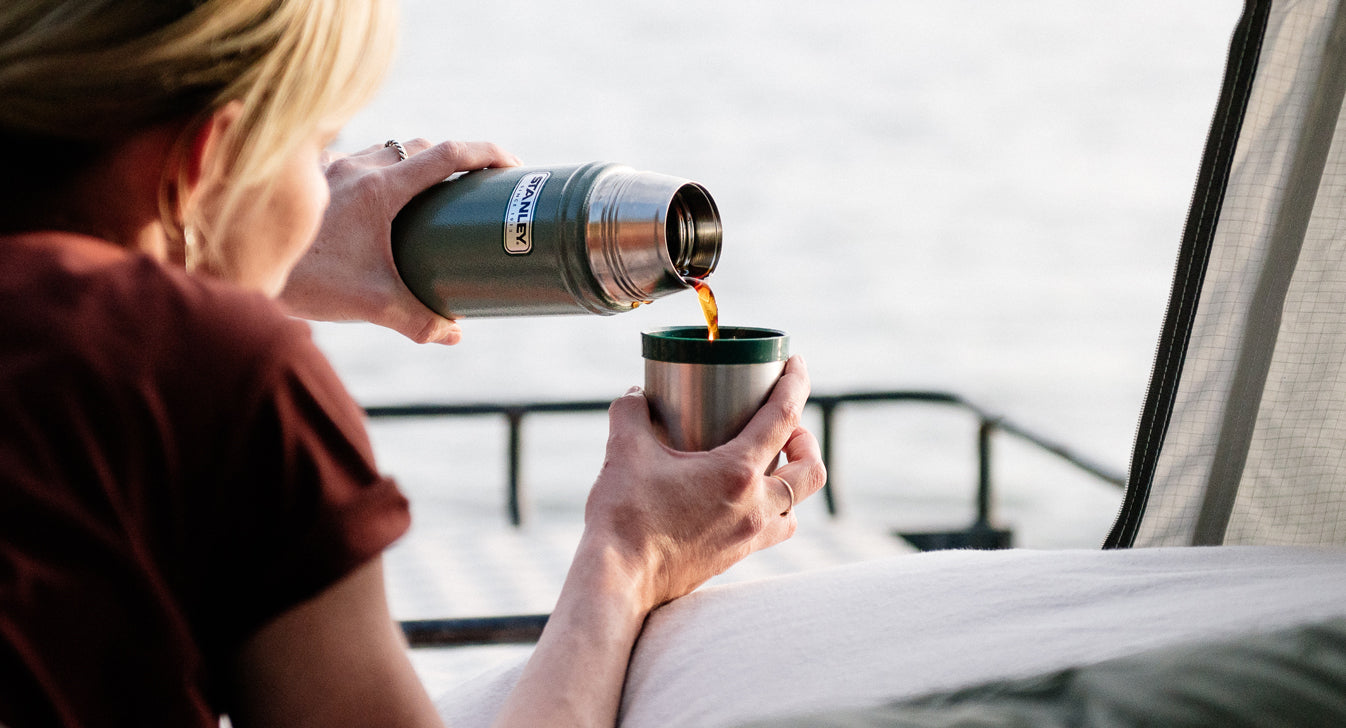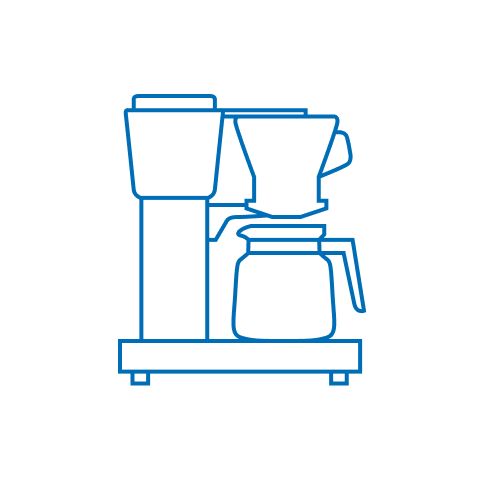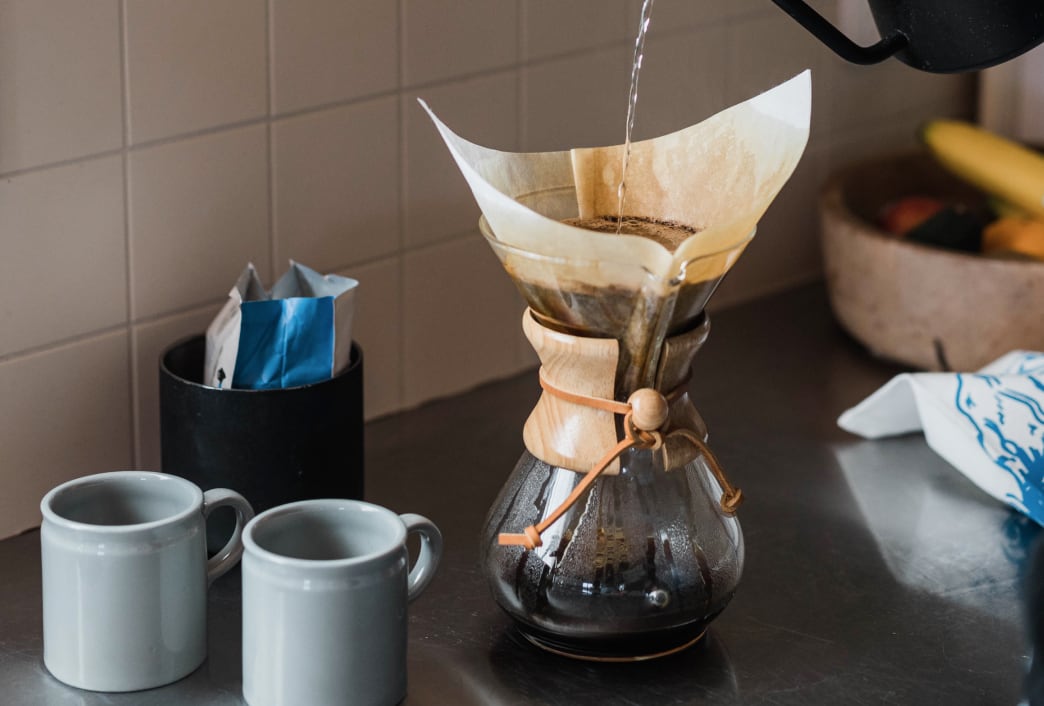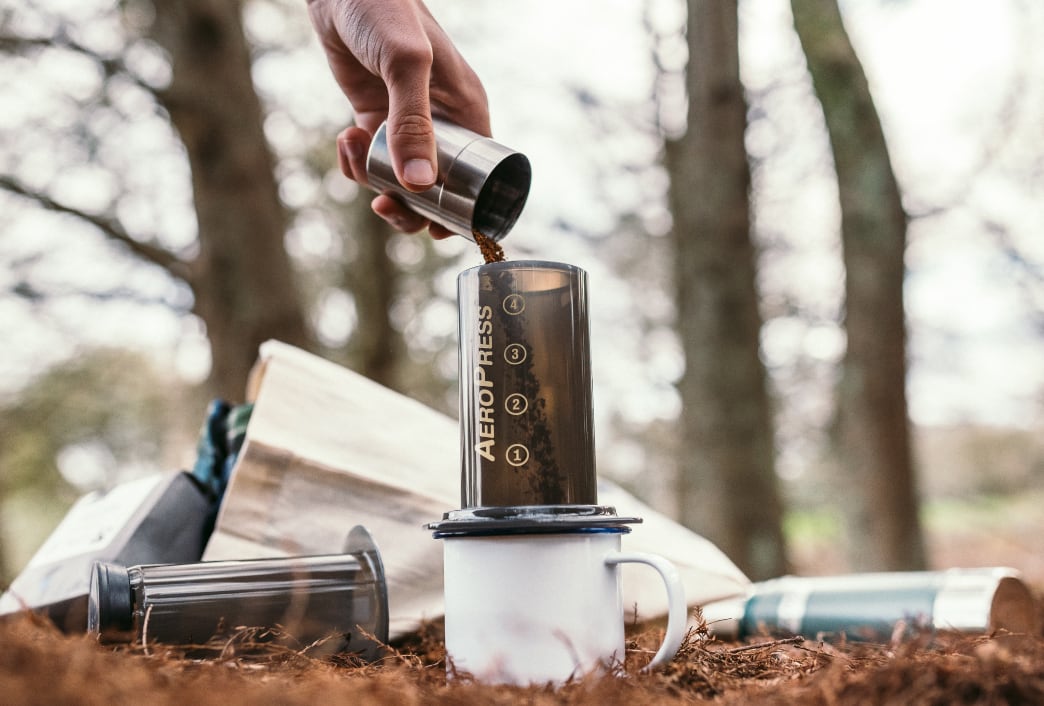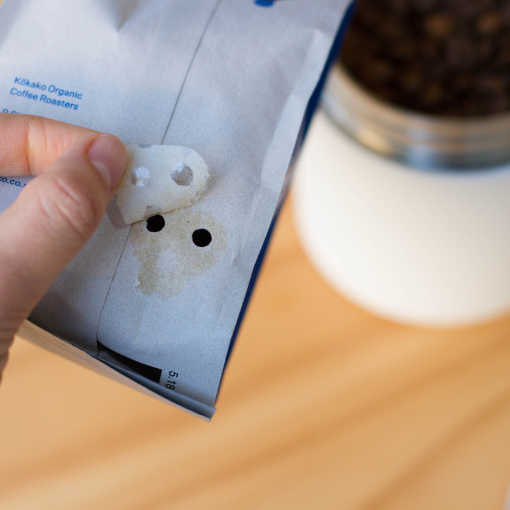“I’m naturally a bit of a hermit,” shares Tim Grocott, of Te Atatu pottery studio Taus Ceramic. “Although if I’m not careful, I can go far too long without human interaction and become a bit loopy!”
For Tim, his ceramics business has been a juggling act since he started. He’s a TV editor, dad and runs the Taus Ceramic business from his garage in West Auckland. We discovered Tim’s artistry when he was a newcomer, asking him to make a ceramic coffee dripper for us, before then commissioning him with the task of a custom-grey diner mug. He’s perfected the diner cup and we love that it’s no-fuss and simple. You can take a look at them here.
It’s not just serveware that Tim makes, but he’s tried his hand at the quirky, too; on his website you can buy the likes of ceramic chess pieces and sculptural sharks, each maintaining his signature of a muted, earthy palette and timeless design.
Here, we talk to Tim about pottery for mental health, the development of the diner cup, and why every ceramicist should have a pottery smashing wall.

Rewinding it right back, can you tell us about the first ceramic you made for us?
Mike got in touch with me about four years ago asking if I had ever thought about doing a coffee dripper, which I was kind of in the process of developing at the time. I was a really tiny company at the time and so it was awesome to be contacted by a big awesome coffee company like Kōkako, so I was quite stoked! I made the coffee dripper and then Kōkako bought a few of them.
What about the signature grey cup you make for us – how did you originally come up with that design? And what makes a good drinking mug?
So I do slip casting, which means my ceramics are made in a mold. I put colouring directly into the clay body and then put a clear glaze over top of it. I started doing pottery in 2009 and I wanted to learn how to make stuff on the wheel because I thought it looked really cool, so I started learning how to make cups on the wheel with handles. The indent and the lip is something I developed while I was working on the wheel. If you look at a cup, the only parts you physically come into contact with are the handle and the lip, so it’s a nod to that. It’s ergonomic for your hand but where it touches your lip as well.
Where did you take inspiration from?
I didn’t want a fine china tea cup, I wanted an everyday mug. If you think about the old staffroom mugs, they’re everywhere. I read something about those cups – they’re Arcoroc – that New Zealand is the only place in the world where brown glass outsells clear. I wanted an everyday cup but not one that was too big.
You’ve made incredible chess pieces, which is a very unique creation for a ceramicist. How did this come about?
The chess set started off as a little challenge to myself. I thought to myself that maybe I could make a classical style chess set on the wheel, and so I made one and it was okay, but because it was hand-made it wasn’t as perfect as I’d have liked it to be. So I thought I’d try sculpting them and making moulds, and it evolved slowly from there. I had this image in my head of an old-fashioned Viking kind of guy, so I thought I’d start by making a little dude like that for the King.


What was involved in the research process?
I’m really bad at chess, I don’t really like playing it! But as I was developing the pieces, a friend gave me a book about an ancient chess set that was found in Ireland and called the Lewis chess pieces, which they think were made around 1200 and they’re carved from walrus ivory. And then I got another book about how the game came about, how it travelled through the spice route from China to India and through the Islamic countries. The game didn’t really change that much, but the pieces changed as they went through. When it came to the Islamic countries, it’s forbidden to create representational art, you can’t make art or sculpture that represents actual people, so they abstracted the pieces. There’s all these beautiful, ancient chess sets carved from jade and they’re really amazing to look at. Then when they moved into the Western world they changed again; it’s such a fascinating history and that all really helped me.
There’s also a really cool shark sculpture on your website. Where did you draw inspiration for this from?
There’s a really cool designer couple called Charles and Ray Eames, who are furniture designers, and they have a famous sculptural piece which is a bird. There’s also a French design duo called the Bouroullec brothers who have a piece which is along the same lines, it’s a sculptural piece which is also a bird and is also an artistic mantlepiece design.

How does pottery impact your overall wellbeing, and would you recommend it to others looking for a hobby?
Pottery is a great teacher for mental health. It can be so rewarding when you get something that you love, but it can also be super testing when nothing goes your way.
From that point of view, it can be a challenge, but overcoming those problems and gaining confidence and skills are even more rewarding. When I got my first wheel at home, my pottery tutor told me to nominate a 'pot smashing wall'. I laughed when he said it, but a few weeks later I was having trouble and no one was around to help me out. Throwing a few pots against the 'pot smashing wall' was pretty good therapy in that moment.
How would you describe your working style?
For my own sanity, I focus on streamlining the actual making process. When I started out, I was making some pieces individually, by hand on the wheel. This was too taxing on my own creativity. I was too critical of each piece and this made it difficult to really churn out high numbers. The nice thing about slipcasting and mold making is that I can focus the creative process on the first piece; getting that one perfect and then taking a mold from it. Once the mold has been made, I can switch off the critical, creative side of my brain, and get into the process of manufacturing.

And finally, as a maker, why is it so important for you to align yourself with Kiwi brands such as us at Kōkako?
As a brand, I'm strongly invested in Made in NZ. Kokako have shown huge interest in supporting local businesses, and you have a strong social conscience which is shown in all the work you do with farmers overseas. I'm always impressed by what you do, and you make beautiful coffee, which is never a bad thing.
You can shop Tim’s beautiful mugs right here.
Share
Back to articles
